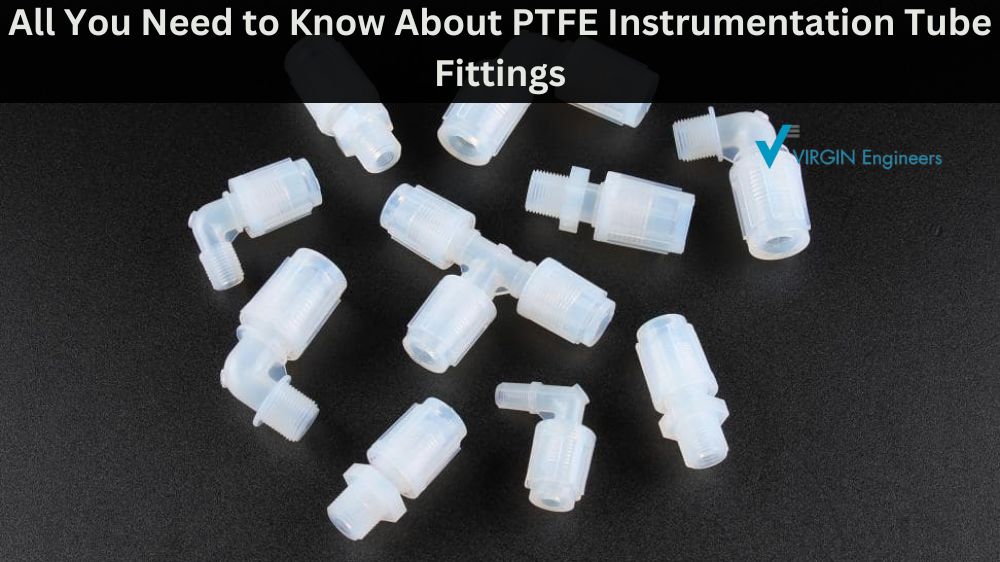When it comes to instrumentation tubing, it is important to ensure that the fittings used are high quality. One such fitting that has recently gained popularity is the PTFE instrumentation tube fitting. PTFE is highly durable for resisting high temperatures, chemicals, and electrical currents. This blog post will discuss all you need to know about PTFE instrumentation tube fittings.
What is PTFE Instrumentation Tube Fittings?
PTFE instrumentation tube fitting are versatile components that allow for the connection and disconnection of instrumentation tubing in various applications. The fittings are made using Polytetrafluoroethylene (PTFE), a synthetic fluoropolymer of tetrafluoroethylene known for its high thermal and chemical resistance. They are often used in harsh and corrosive environments due to their ability to resist chemicals, high temperatures, and electrical currents.
Types
There are various types of PTFE instrumentation tube fitting, including compression, push-in, and flare fittings. Compression fittings are the most commonly used and comprise a nut, a ferrule, and a body. The push-in fitting comprises a push-in ring, a releasing sleeve, a collet, and a body. The flare fitting comprises a flare nut, a sleeve, and a body with a flared end.
Applications
PTFE instrumentation tube fittings have various applications across various industries, including chemical, pharmaceutical, and petrochemical. They are commonly used in fluid transfer applications where high temperatures, harsh chemicals, and electrical currents are present. They are also used in the oil and gas industry, as well as the food and beverage industry.
Benefits
One of the significant benefits of PTFE instrumentation tube fitting is their ability to resist high temperatures and harsh chemicals. They are also resistant to electrical currents, making them ideal for applications with a likelihood of electric shock. The fittings are also easy to install and reusable, making them cost-effective in the long run.
Maintenance Tips
PTFE instrumentation tube fitting require minimal maintenance as they are highly durable and corrosion-resistant. However, ensuring the fittings are installed correctly is essential to prevent leakages and performance issues. Regular inspection of the fittings and tubing can help identify potential issues and prevent downtime in the long run.
Conclusion:
In conclusion, PTFE instrumentation tube fittings are an excellent choice for applications that require high durability and resistance to harsh environments. Their excellent resistance to high temperatures, harsh chemicals, and electrical currents make them suitable for use in various industries, including chemical, pharmaceutical, and petrochemical. By understanding the different types, benefits, and maintenance requirements of PTFE instrumentation tube fittings, you can make an informed decision when choosing the right fittings for your application.

